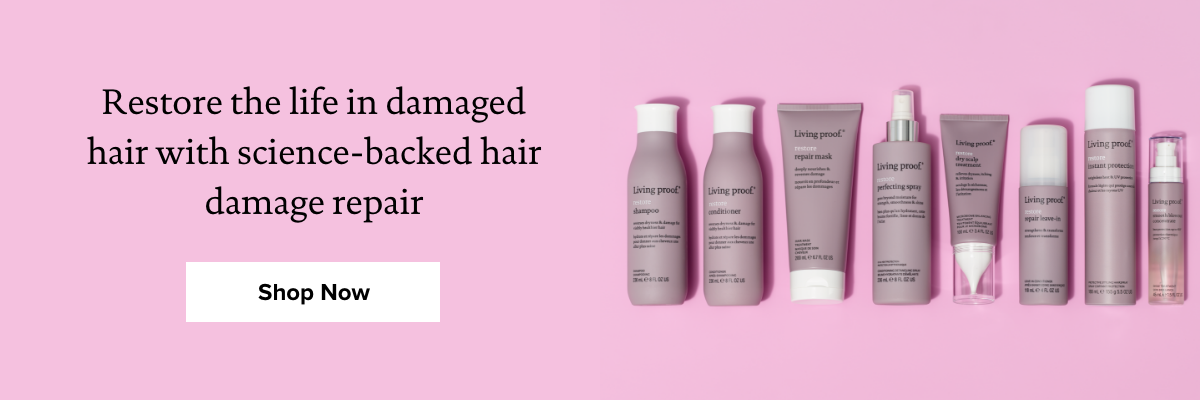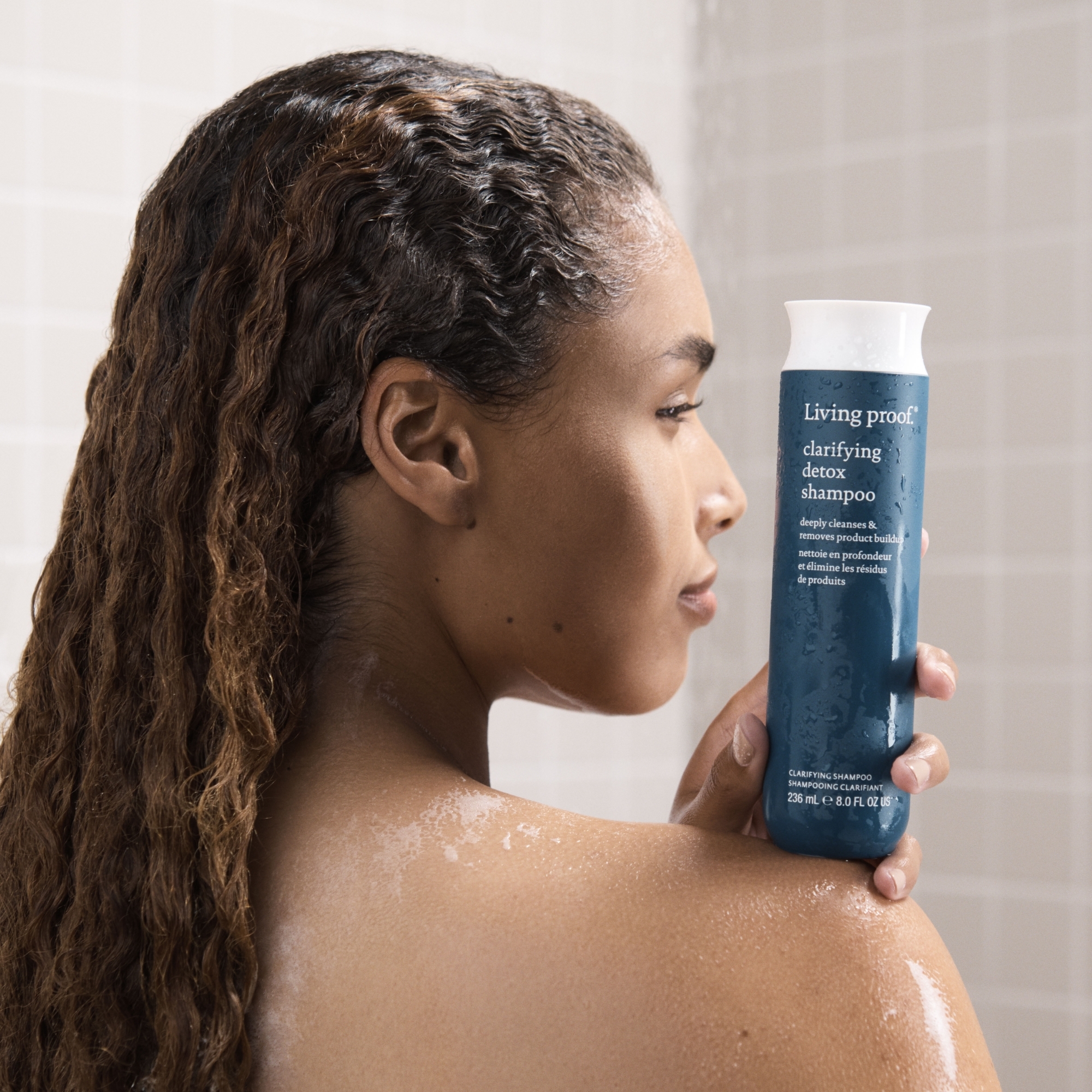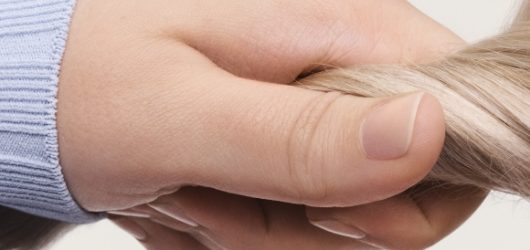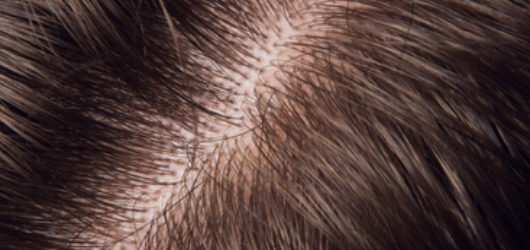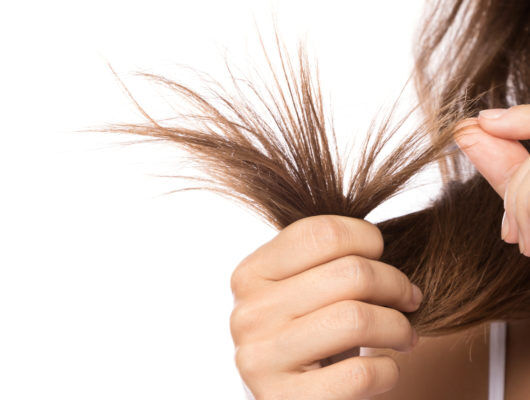
9 Top Tips for Repairing Dry Hair
From split ends to frizzy hair, nothing brings down hair like dryness. Dye jobs, blowouts, and harsh shampoos can all leave hair begging for moisture—and after a while, can lead to dull and damaged hair.
The good news? You can rehydrate your locks from the inside out with the right hair repair products.
Repairing hair dryness can take time, but it’s well worth the healthy and hydrated tresses. Whether you have moisture-seeking curls or bleached-out hair, start with our top tips on how to treat dry hair.
1. Cut Back on the Use of Heat
It’s hard to resist the bounciness of a blowout. But if you have ever thought—why is my hair so dry—consider that heat could be the culprit.
Moisturized and healthy hair rely on strong keratin bonds. When you apply heat above 280 degrees Fahrenheit (or 140 degrees Celcius), it immediately deforms your hair’s keratin fibers. However, studies show even lower temperatures can cause cuticle damage and lower moisture content. As a result, you’re left with weaker strands that easily turn brittle and lead to breakage.
To eliminate or limit damage, consider these heat styling tips for how to repair dry hair:
- Air dry – It’s a foolproof solution. Simply abandon the hot tools, and you lose the heat damage and dryness. However, easier said than done. Try anti-frizz air-drying methods like braids, microfiber towel wraps, or even scrunching or looping with your fingers (leave-in products can help create shape).
- Use heat protectants – If you can’t resist the curling iron, then remember to spray a heat protectant spray beforehand.
- Lower the temperature – A little change is better than no change. Lower temperatures can reduce heat damage, especially below 280 degrees Fahrenheit. One study on blow-drying even found that any temperature reduction below 95 degrees Celcius reduced hair surface damage.
2. Use Moisture-locking Oils
There’s a reason your hair produces oil at its roots. Sebum is a natural oil that seals the cuticle surrounding each hair shaft to retain crucial moisture. Luckily, oil-based hair products can supplement your natural hair supply.
To lock in moisture, look for sealant oils. This lightweight hair oil can seal cuticle gaps, lubricate to reduce hair breakage, and retain vital moisture content, including types like:
- Jojoba oil
- Argan oil
- Olive oil
- Mineral oil
3. Apply a Hair Mask Twice a Week
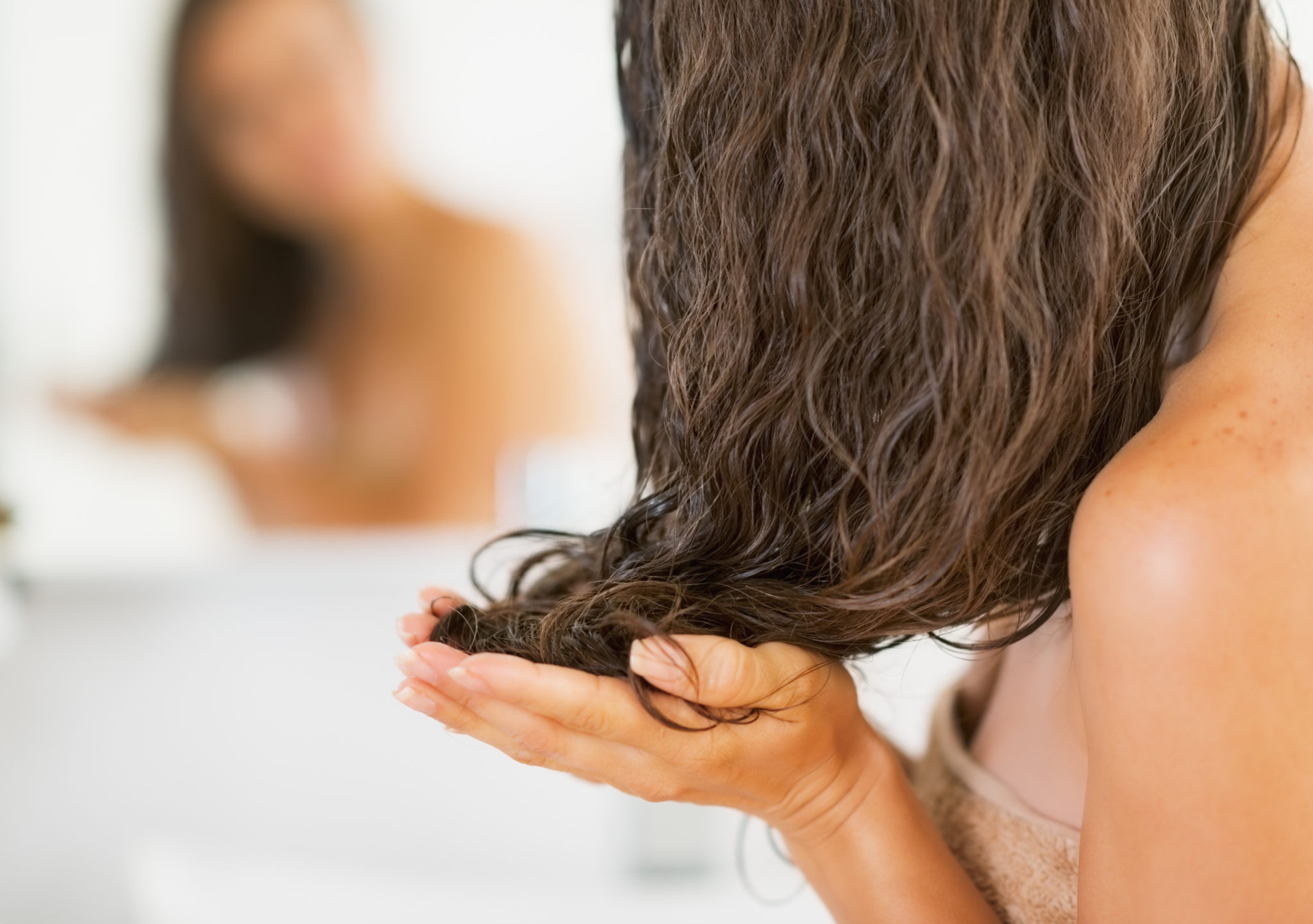
Out of all the ways to treat dry hair, hair masks are usually the most intensive moisturizing product to use. Just once a week with a hair mask could address the roots of any dryness.
Unlike many leave-in conditioners, hair masks often include proteins and bonding agents that repair keratin cell bonds, like keratin K31 and bis-aminopropyl diglycol dimaleate., Combined with a rich hair moisturizer, these ingredients can prevent and even reverse hair damage.
To strengthen hair from the inside out, apply a protein-rich hair treatment twice per week, like our PhD Night Cap Overnight Perfector.
4. Get a Haircut or Trim
Haircuts do more than set a stylish hairstyle. They also help with healthy hair by eliminating split ends, a sign of dry hair.
Hair ends are usually the driest part of your hair since they’re the farthest from your scalp’s sebum. This dryness can weaken keratin bonds at hair ends to the point of breaking, leaving you with a two-pronged end. Luckily, a quick trim can nip that damage in the bud. Try scheduling regular haircuts or trims every four to seven weeks to stop split ends in their tracks.
5. Use Moisturizing Ingredients in the Shower
Don’t rely on shower water for your hair’s hydration. When considering how to add moisture to dry hair, look to your shampoo and conditioner.
Shampoo and conditioner are a balancing act—shampoos cleanse oils and product buildup while conditioners replenish moisture. However, a lack of moisturizing ingredients can leave wet hair worse off. Look for these moisturizing factors on the back of your bottles:
- Sulfate-free – Sulfates are anionic surfactants which are shampoo ingredients that use a negative charge to wash away sebum and product buildup. While very effective, anionic surfactants can heighten your hair’s natural negative charge to create frizz and coarseness. Avoid this drying effect by choosing sulfate-free shampoo (like Living Proof’s Restore Shampoo).
- Oil-based conditioners – You don’t have to use only leave-in oils on hair. Conditioners with study-backed oils (like mineral, coconut, olive, and argan) can replenish stripped sebum and seal hair cuticles to retain moisture.
- Deep or leave-in conditioners – Sometimes, hair needs additional moisture than a rinse-out conditioner can provide alone. Learning how to use leave-in conditioner and deep conditioner is important. A leave-in or deep conditioner usually has a higher concentration of moisturizing ingredients that sit on hair shafts for longer time periods (anywhere from 5 minutes to your next shower). This allows the conditioner ingredients to penetrate more deeply into the hair follicle, combating extreme dryness or damage.
But, a good hair care routine doesn’t have to stop at the shower. For deeper repair, incorporate a bond builder into your post-shower routine for an easy, no-rinse treatment that delivers instant softness, smoothness, and shine.
6. Wash Less Frequently
Washing is a necessary part of every haircare routine. However, those long hot showers might be doing more harm than good to your hair.
The protein structure of hair is very sensitive to temperature. The more heat applied, the more likely your hair cuticles will raise and expose your inner hair fibers, risking moisture loss and breakage. Additionally, excess shampooing can strip your hair of its natural oils, another cause of dryness.
The solution? If you have dry hair, space out your washes. Take these tips to cut down on wash time without grease overload:
- Reduce one hair wash per week at a time
- Brush gently at the scalp to distribute hair oils
- Avoid touching your hair
- Try a dry shampoo
- Conside switching to silicone free products to avoid buildup and extend time between washes
7. Let Your Natural Color Shine
Hair dye has come a long way from old-fashioned peroxide bleaching. But even under the safest precautions, coloring hair is a drying activity.
To get those balayage highlights, hair dye must make its way into your hair shafts. Permanent or demi-permanent dyes do so by raising proteins on the hair cuticle surface to penetrate the shaft. Unfortunately, this leaves behind weaker, thinner, and rougher follicles.
If having natural hair isn’t an option, then harm reduction is the way to go. Lessen the drying impact of hair dye by adopting these habits:
- Stick within one shade
- Color less often
- Use color-safe shampoo and conditioner
- Rinse with cold water
- Leave coloring to professionals
- Choose semi-permanent over permanent dye
8. Block Those Sun Rays
SPF doesn’t just belong on your skincare shelf. UV rays can also damage your hair, leaving you with a dryer and coarser texture.
Ever noticed new highlights after a day under the sun? That’s a symptom of UV rays altering your hair’s proteins. Research shows that ultraviolet radiation (the light present in sun rays) leads to keratin protein loss. With less protein, your hair becomes drier, light-colored, breakable, and thin.
Try wearing a hat or hair wrap to stop sun rays from reaching your hair. If outdoors often, try finding products with UV protection for hair.
9. Brush with Care
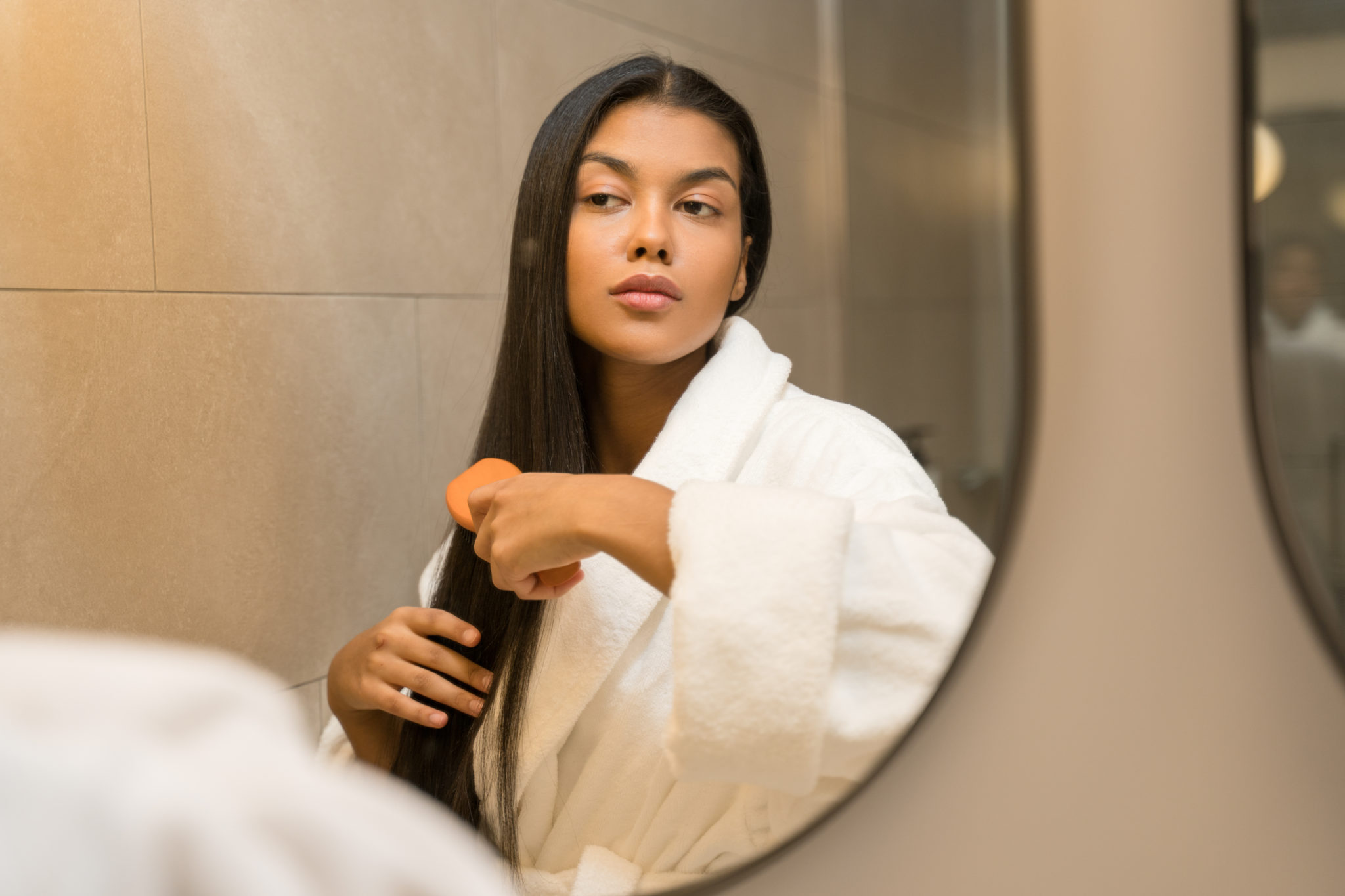
Whether wet or dry, your hair deserves a gentle touch. Aggressive brushing can aggravate any breakage or dry texture, leaving you with worse damage than before.
In particular, brushing is considered rough for wet hair. Water weakens the bonds between proteins in your hair, making it more vulnerable and prone to breakage. If you want to detangle without wreaking havoc, stick with these gentle and friction-defying tips:
- Detangle wet hair with a wide-tooth comb
- Comb in the shower while applying conditioner
- Brush dry hair with gentle boar bristles or flexible silicone bristles
- Use a leave-in detangler spray or serum
A Fresh Start with Living Proof
No matter if you have frizzy hair or breakage, all hair can bounce back to a better place. With these tips, you can give your hair the moisturized, strong, and glossy feel that it deserves.
One special tool for dry damage control? Our Living Proof hair repair products.
From overnight hair masks to protective sprays, our hair products online are formulated for maximum hair health. We use research-backed ingredients to support your hair’s natural structure, and we leave out the irritating and drying additives—no silicones, phthalates, or sulfates. To discover how to get rid of dry hair, browse our hair repair collection today. For a curated routine, take our hair quiz.
- Cleveland Clinic. Here’s How Often You Should Wash Your Hair. https://health.clevelandclinic.org/the-dirty-truth-about-washing-your-hair/
- Exploratorium Magazine. Hair. https://www.exploratorium.edu/exploring/hair/hair_4.html
- NIH. Effects of heat treatment on hair structure. https://pubmed.ncbi.nlm.nih.gov/19467113/
- NIH. Effect of mineral oil, sunflower oil, and coconut oil on prevention of hair damage. https://pubmed.ncbi.nlm.nih.gov/12715094/
- NIH. Hair Cosmetics: An Overview. https://www.ncbi.nlm.nih.gov/pmc/articles/PMC4387693/
- NIH. Hair Shaft Damage from Heat and Drying Time of Hair Dryer. https://www.ncbi.nlm.nih.gov/pmc/articles/PMC3229938/
- NIH. Health improvement of human hair and their reshaping using recombinant keratin K31. https://www.ncbi.nlm.nih.gov/pmc/articles/PMC6218806/
- NIH. Modification of wheat gluten for improvement of binding capacity with keratin in hair. https://www.ncbi.nlm.nih.gov/pmc/articles/PMC5830729/
- NIH. Structural investigation on damaged hair keratin treated with α,β-unsaturated Michael acceptors used as repairing agents. https://pubmed.ncbi.nlm.nih.gov/33279560/
- NIH. The effect of various cosmetic pretreatments on protecting hair from thermal damage by hot flat ironing. https://pubmed.ncbi.nlm.nih.gov/21635854/
- NIH. The structure of people’s hair. https://www.ncbi.nlm.nih.gov/pmc/articles/PMC4201279/
- Science Direct. Hair color changes and protein damage caused by ultraviolet radiation. https://www.sciencedirect.com/science/article/abs/pii/S1011134404000375
- UCSB Science Line. What is the chemical formula for hair dye? http://scienceline.ucsb.edu/getkey.php?key=7179
